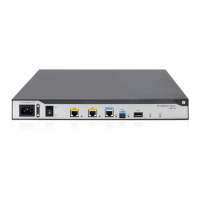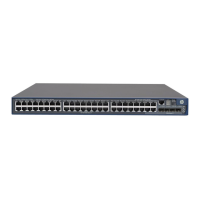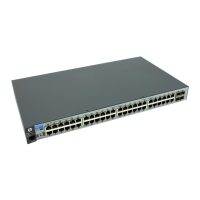319
Verifying the configuration
# Display MLD information for GigabitEthernet 1/0/1 on Router B.
[RouterB] display mld interface gigabitethernet 1/0/1
GigabitEthernet1/0/1(FE80::200:5EFF:FE66:5100):
MLD is enabled.
MLD version: 1
Query interval for MLD: 125s
Other querier present time for MLD: 255s
Maximum query response time for MLD: 10s
Querier for MLD: FE80::200:5EFF:FE66:5100 (this router)
MLD groups reported in total: 1
MLD SSM mapping configuration example
Network requirements
As shown in Figure 89:
OSPFv3 runs on the network.
The IPv6 PIM-SM domain uses both the ASM model and SSM model for IPv6 multicast
delivery. GigabitEthernet 1/0/3 of Router D acts as the C-BSR and C-RP. The IPv6 SSM group
range is FF3E::/64.
MLDv2 runs on GigabitEthernet 1/0/1 of Router D. The receiver host runs MLDv1, and does not
support MLDv2. The receiver host cannot specify multicast sources in its membership reports.
Source 1, Source 2, and Source 3 send IPv6 multicast packets to multicast groups in the IPv6
SSM group range.
Configure the MLD SSM mapping feature on Router D so that the receiver host will receive IPv6
multicast data only from Source 1 and Source 3.
Figure 89 Network diagram
Table 23 Interface and IPv6 address assignment
Source 1 — 1001::1/64 Source 3 — 3001::1/64
Router A GE 1/0/1 1001::2/64 Router C GE 1/0/1 3001::2/64
Router A GE 1/0/3 1003::1/64 Router C GE 1/0/3 2002::2/64
IPv6 PIM-SM
Router A
Router B Router C
Router D
Receiver
Source 2
Source 1
Source 3
GE1/0/1
GE1/0/2
GE1/0/3
GE1/0/1 GE1/0/3
GE1/0/2
GE1/0/1
GE1/0/1
GE1/0/3
GE1/0/3
GE1/0/2
GE1/0/2
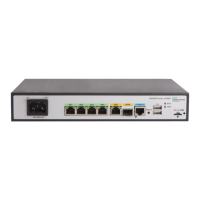
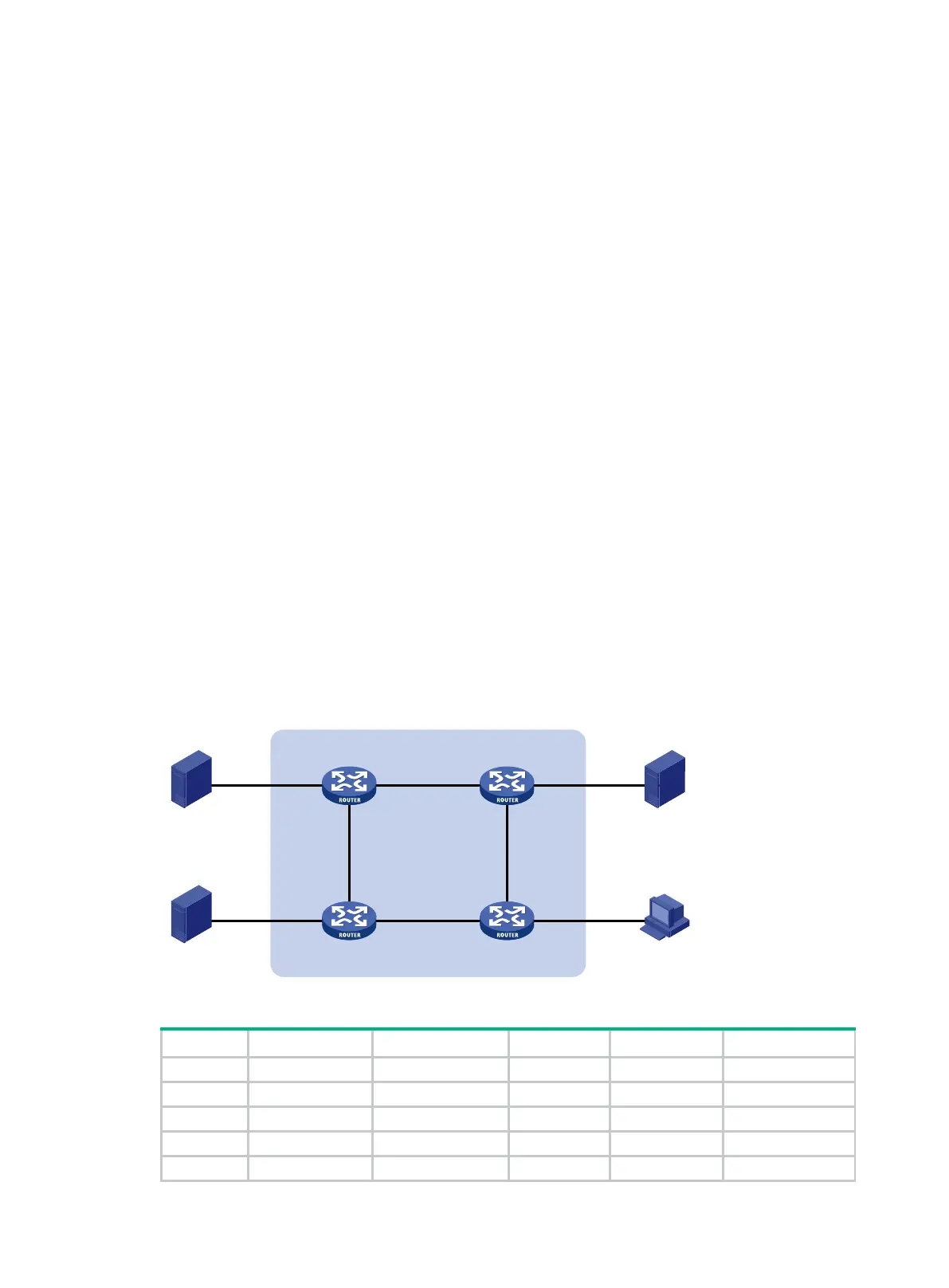